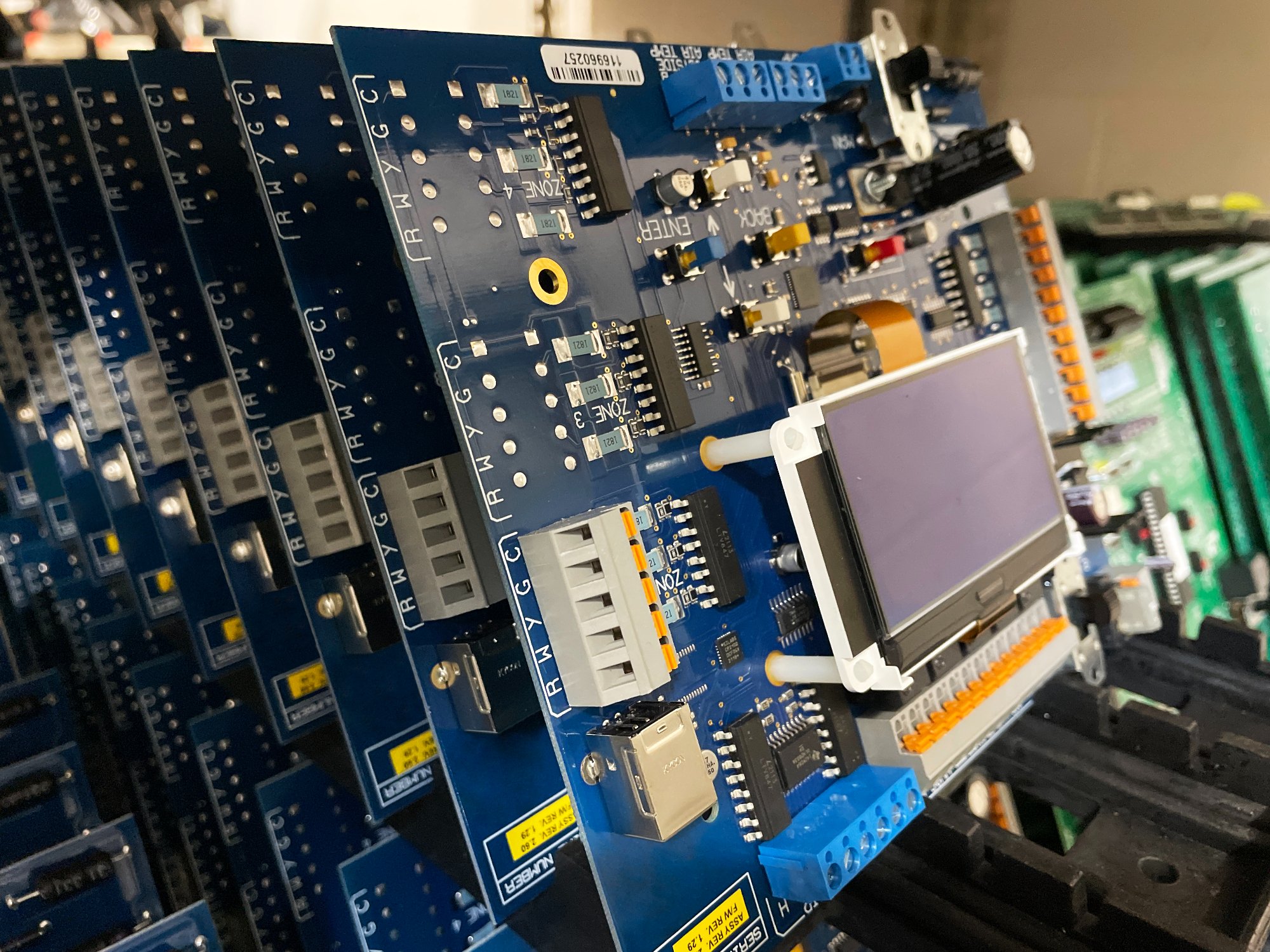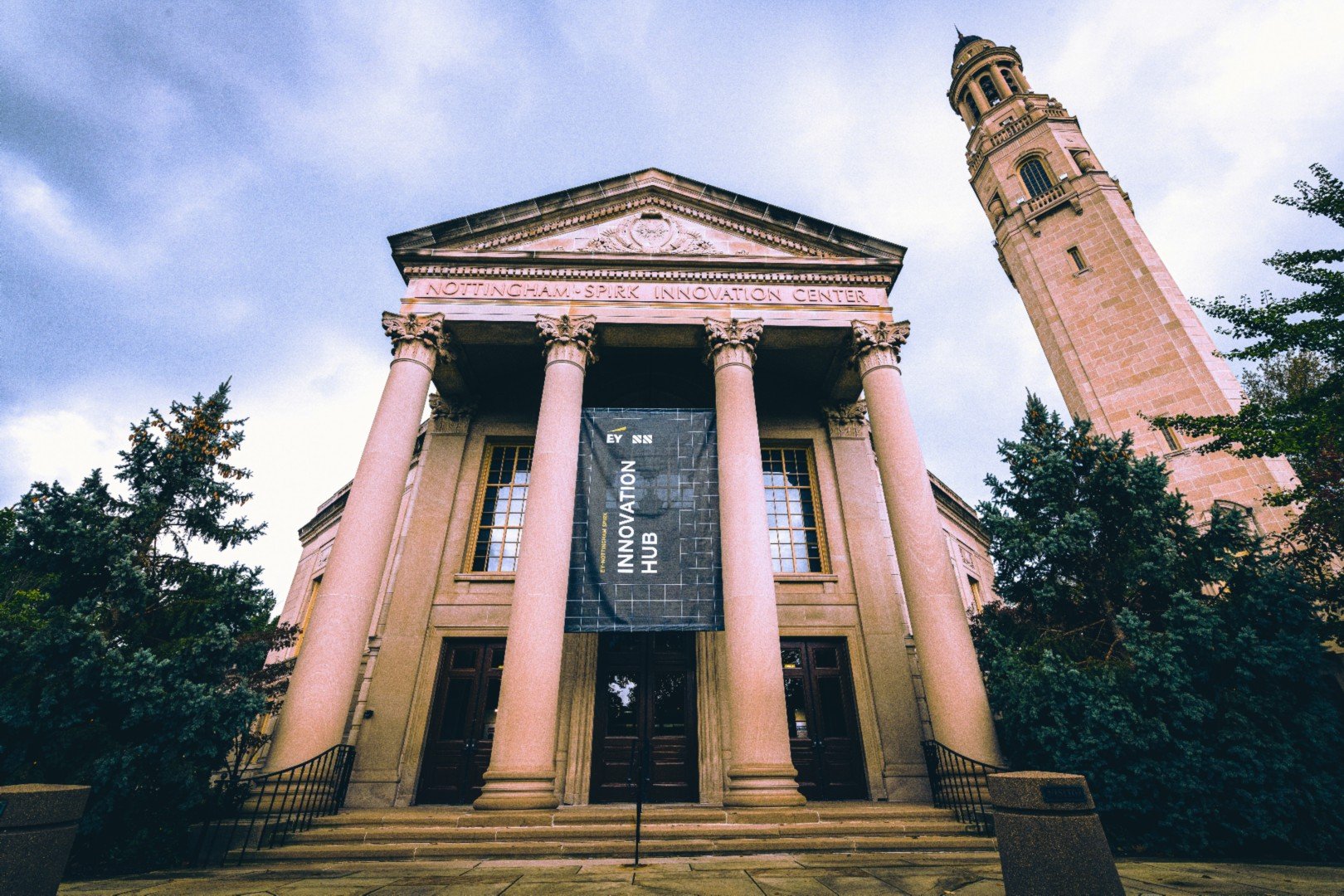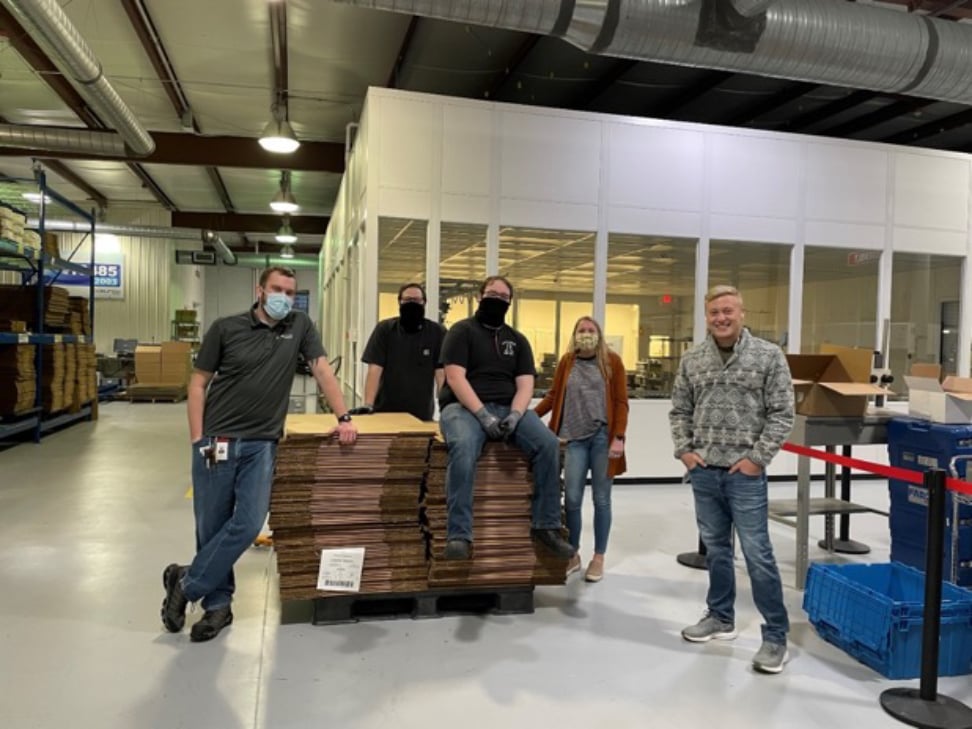National Safety Apparel (NSA) had humble beginnings, selling safety gloves to steelworkers from a basement in Lakewood, Ohio during the Great Depression. Almost 90 years later, it’s still a family business, but that family is now a global one.
When you walk into the bright, busy Cleveland factory, over the hum of the sewing machines the first thing you notice is the chatter of all the different languages being spoken.
“We have workers from 41 countries, and with dialects there are approximately 30 distinct languages spoken. It is really a true melting pot,” says Sal Geraci, Chief Operating Officer at NSA.
NSA has 545 sewing operators in five different factories. The company has grown rapidly over the decades and is now a leader in safety clothing across many industries. “We make products that ensure people go home safely to their families every day,” says Geraci. “Whether they're in industry, electrical utility work, US postal workers, or members of our armed forces.”
As the company grew, it was very important to the founders to continue to have as much of the product as possible made in the USA. The problem was finding enough workers to make it here.
“It used to be very easy for me 35 years ago to run an ad in the Plain Dealer and I'd get as many applicants as we needed. They had sewing experience. Life was good,” recalls Geraci. “We were able to add people and keep people for many, many years. Well, the reality is there are just fewer and fewer people who have sewing skills.”
So, NSA came up with an innovative solution. Almost 20 years ago it started partnering with refugee resettlement agencies to help bring families through the immigration process and resettle them in Northeast Ohio with jobs at NSA.
“And we have many, many employees today who came through that refugee resettlement process. Since 2018, we've also initiated a sewing school that allows us to do very focused training here on our campus in Cleveland.”
The school allows NSA to hire people with little to no sewing skills. They’re paid to learn and after six weeks of dedicated training they’re ready to join the production floor. This has alleviated the talent shortage that’s crippling other manufacturers.
“We also have a referral program that really is the heart and soul of our recruiting effort, along with working with these resettlement agencies,” says Geraci. “The actual word of mouth and having family and friends join our company is such a key part of how we've been able to grow. And it keeps growing every year because employees are bringing us great referrals.”
Part of the reason why this global recruitment approach has been successful is that NSA has evolved its corporate culture to welcome and include diverse workers. It develops and hires multi-lingual supervisors to help navigate language issues. In company meetings, they use MS Translate so when there’s a PowerPoint on screen, employees can scan a QR code and see the presentation in their own language on their smartphone. NSA also uses a special communication platform called Airbo so employees can get benefits and payroll information in their own languages.
This kind of talent innovation has helped NSA stay ahead of the skills shortage. And the company has taken a similar approach on the product side – constantly innovating to stay ahead of the market. Explains Geraci, “Innovation isn’t just our tagline. It’s how we define ourselves.” And that approach has been key to NSA’s survival since the early days. As the steel industry became less hazardous and hostile for workers thanks to automation, there was less need for NSA products. So, the company evolved into new markets. High visibility clothing. Flash fire and arc flash protection for electrical workers. Shirts that look and feel like regular t-shirts but use proprietary fabrics developed by NSA to protect workers from burns. Safety apparel specifically designed for women. Battlefield apparel for soldiers. Custom safety gear for companies produced in smaller batches thanks to nimble manufacturing.
“We're always looking to invest in the newest technology in sewing equipment. It's very difficult to automate sewing because of the nature of the garments being so soft and so different from garment to garment. It's unlike an assembly line making cars where you can have robots just grabbing a fender and welding it to a car frame,” explains Geraci. “That being said, we have automated pocket setters, we have automated many of the operations using sub-assembly type automation that help with sewing Velcro on or even cutting the Velcro. There are all kinds of machines that take things from being a very manual task to a machine-driven operation. So, any chance that we have of working on automation and being an industry leader in different forms of automation, we're doing that.”
Automation helped the company quickly pivot to make millions of masks and gowns during the pandemic. The cost of buying almost $2 million in automated sewing machines was prohibitive for a mid-sized company. But MAGNET was able to connect NSA to JobsOhio for help funding the new technology. After the pandemic, they were able to repurpose the automated sewing machines into regular production.
NSA also uses advanced software to help keep costs down. Because hi-tech safety fabrics are so expensive, waste is the enemy on the factory floor. The software helps lay out the pattern pieces in the best possible way so that the least amount of fabric is wasted.
“Every inch of fabric utilization is critical to us not only remaining competitive but keeping our costs down and our customer's prices down. So, we use software that does what's called auto nesting. It performs millions of iterations in a matter of minutes and determines the best way to fit all the pieces that go into a garment, like a jigsaw puzzle, together. And by investing in that technology, we improved our yields by anywhere from three to four percent, which doesn't sound like a lot, but it has a significant impact on our business and our P&L.”
Even facing a potential recession in 2023, Geraci is feeling optimistic the company’s ability to constantly evolve and innovate will see them through whatever comes.
“Innovation is in everything we do, in all of our jobs and in how we approach work, how we train people, how we work with each other. The evolution of how that all comes together is through forward thinking and innovative approaches to problem solving. Part of it is just our ‘put your head down, get the job done, do whatever it takes’ kind of attitude. Innovation's part of it, technology's part of it, just being creative in how you hire and attract and retain people. We just do what needs to be done.”
NSA is now focusing on instilling that same attitude in the next generation of company leaders. Inspired by the success of the sewing school, the company is exploring a new management development program to help attract and retain the best new leaders to take the company into the future. This will ensure NSA’s unique brand of innovation, technology, and talent management are woven into the company’s family-centered fabric for generations to come.


